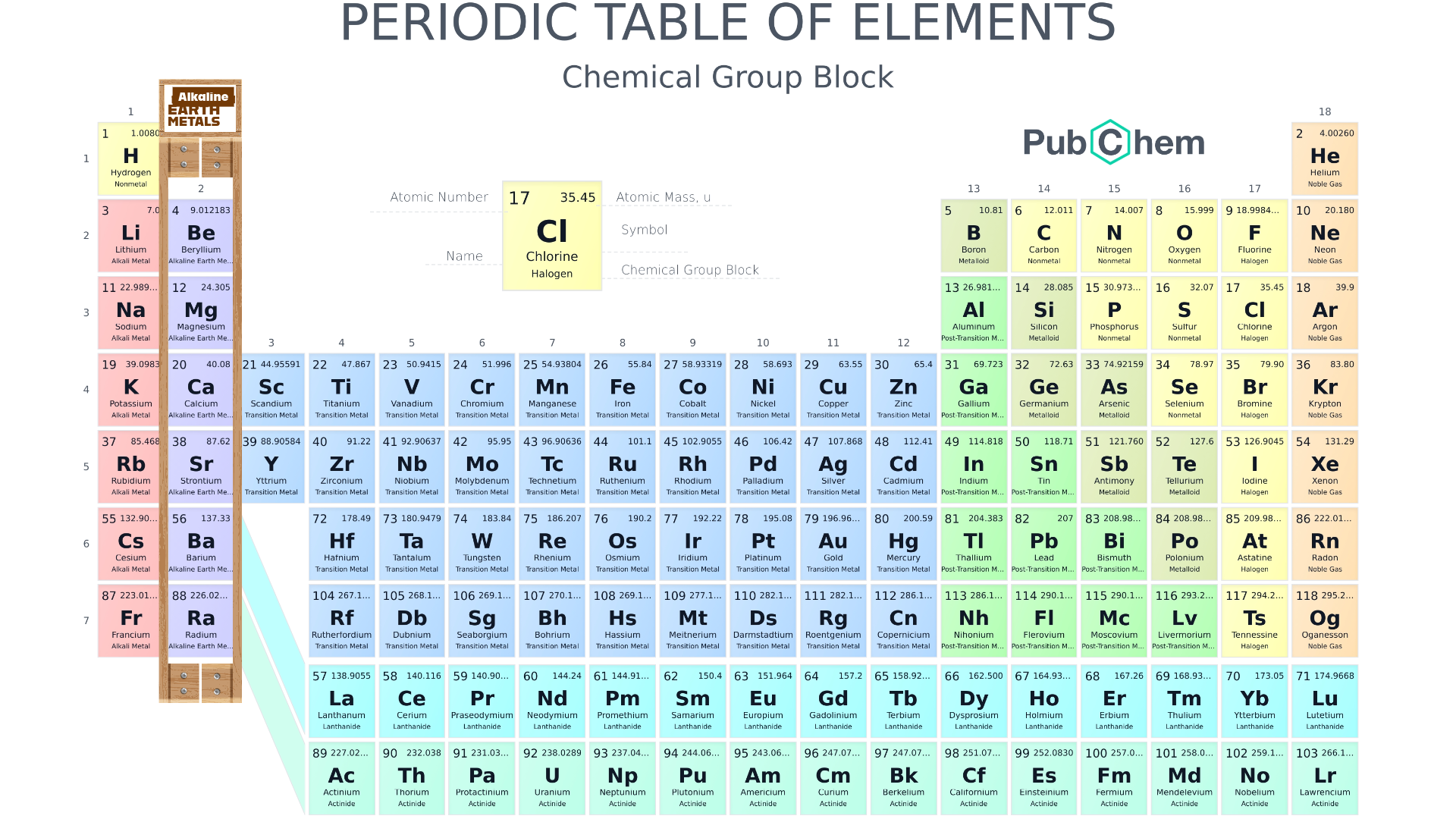MCQs on Elements of Group 2 - Alkaline Earth Metals
MCQ-1. As the alkaline earth metals (except Be) tend to lose their valence electrons readily, they act as:
weak oxidising agentsweak reducing agents
strong oxidising agents
strong reducing agents
MCQ-2. As the nuclear charge increases from neon to calcium, the orbital energies :
increase very rapidlyincrease very slowly
increase
fall
MCQ-3. Which of the following has lowest oxidation potential ? :
BeMg
Ca
Ba
MCQ-4. The most electropositive amongst the alkaline earth metals is :
berylliummagnesium
calcium
barium
MCQ-5. The set representing the correct order of first ionization potential is :
K>Na>LiBe>Mg>Ca
B>C>N
Ge>Si>C
MCQ-6. The number of covalent bonds formed by beryllium is :
23
4
5
MCQ-7. Which of the following imparts brick red colour to the flame? :
CaBa
Sr
None of these
MCQ-8. On heating quick lime with coke in an electric furnace, We get :
Ca and CO(sub)2(/sub)CaCO(sub)3(/sub)
CaO
CaC(sub)2(/sub)
MCQ-9. which of the following substances can be used for drying gases ? :
calcium carbonatecalcium oxide
sodium carbonate
sodium bicarbonate
MCQ-10. Metals Belonging to the same group in the periodic table are :
Mg and NaMg and Cu
Mg and Ba
Mg and K
Alkaline earth metals are a group of elements in the periodic table, and they are part of Group 2. These metals share certain common properties, including having two valence electrons in their outermost electron shell. The alkaline earth metals include the following elements:
- Beryllium (Be) - Atomic number 4: Beryllium is a lightweight, strong metal commonly used in alloys and for structural purposes. It is toxic and has limited uses due to its health hazards.
- Magnesium (Mg) - Atomic number 12: Magnesium is known for its high strength-to-weight ratio and is used in various applications, such as in the aerospace industry, as an alloying agent, and in medicine as a dietary supplement.
- Calcium (Ca) - Atomic number 20: Calcium is essential for living organisms and is abundant in bones and teeth. It also plays a crucial role in various biological processes and is used in the construction industry.
- Strontium (Sr) - Atomic number 38: Strontium compounds are used in fireworks to produce red colours. It is also used in cathode ray tubes, nuclear medicine, and as a dietary supplement.
- Barium (Ba) - Atomic number 56: Barium compounds are used in the production of various products, including fireworks, drilling fluids, and X-ray contrast agents for medical imaging.
- Radium (Ra) - Atomic number 88: Radium is radioactive and has limited practical applications due to its high radioactivity. It was once used in luminous paints for clock and watch dials but is no longer used for such purposes due to health risks.
These elements are called "alkaline earth metals" because they share some similarities with the alkali metals (Group 1 elements) but are less reactive. They are generally shiny, silvery-white, and have low densities, making them useful in various industrial and biological applications.


%20(1).png)
